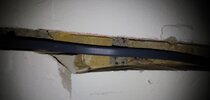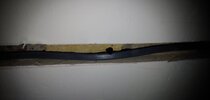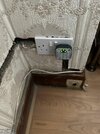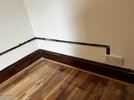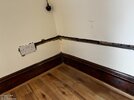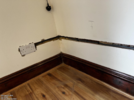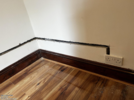- Joined
- 4 Aug 2020
- Messages
- 20
- Reaction score
- 2
- Country

HI there,
I recently hired an electrician on my mum’s behalf to install additional electrical sockets in two rooms in her house.
The electrician chased the cables only, as both rooms would be decorated by myself (to keep costs to a minimum). If the work was beyond me (I've 'only' filled in holes, small cracks, etc) I would hire a plasterer.
After watching more than a few YouTube videos on how to approach this task, I couldn't help but notice that all the professionals & accomplished DIY'rs presented wires that were encapsulated in a plastic oval shaped or metal tube.
The electrician I hired, placed screws at various points along the chase to prevent the wire moving or falling out.
Is it necessary to cap the wires before filling in the chase? If so, who would be responsible (plasterer or electrician) for capping the wires.
It appears nonsensical for a plasterer to cap the wires, when the electrician could've done this task during the installation.
I recently hired an electrician on my mum’s behalf to install additional electrical sockets in two rooms in her house.
The electrician chased the cables only, as both rooms would be decorated by myself (to keep costs to a minimum). If the work was beyond me (I've 'only' filled in holes, small cracks, etc) I would hire a plasterer.
After watching more than a few YouTube videos on how to approach this task, I couldn't help but notice that all the professionals & accomplished DIY'rs presented wires that were encapsulated in a plastic oval shaped or metal tube.
The electrician I hired, placed screws at various points along the chase to prevent the wire moving or falling out.
Is it necessary to cap the wires before filling in the chase? If so, who would be responsible (plasterer or electrician) for capping the wires.
It appears nonsensical for a plasterer to cap the wires, when the electrician could've done this task during the installation.

